10 Things You Didn’t Know About Mexico’s Colorful Día de los Muertos Celebration
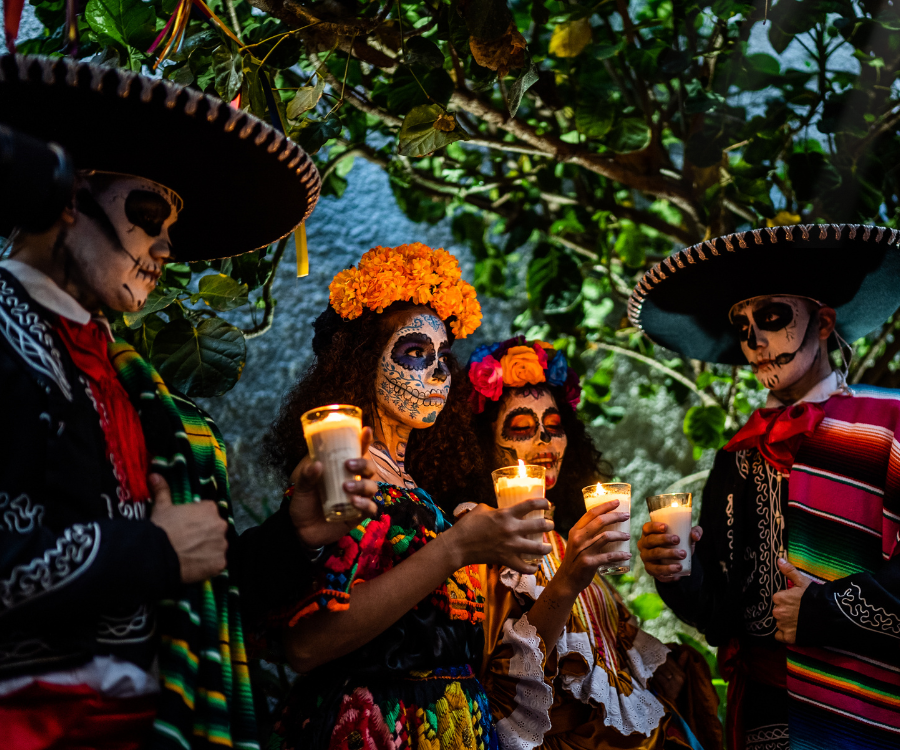

Día de los Muertos is one of Mexico’s most vibrant and meaningful celebrations. It’s a time when families come together to honor loved ones who have passed. Yet, this is not a time of sorrow—it’s one of joy, color, and tradition. While altars glow with candles, streets burst with music and marigolds. Every detail holds a deeper meaning. Beyond the sugar skulls and painted faces, there’s a world of symbolism to discover. So, here are 10 fascinating things you might not know about this soulful celebration of life, death, and everything in between.
1. UNESCO Honors Día de los Muertos as Cultural Heritage

Día de los Muertos, or Day of the Dead, is far more than a holiday. In fact, in 2008, it was officially recognized by UNESCO as an ‘Intangible Cultural Heritage of Humanity.’ The celebration merges ancient Aztec rituals that date back over 3,000 years with Catholic traditions introduced in the 16th century, such as All Saints Day. Over time, these influences intertwined to create a deeply rooted cultural expression. Today, it stands as a powerful celebration of life and identity—one that deserves to be preserved for generations to come.
2. Día de los Muertos vs. Halloween: Worlds Apart in Meaning
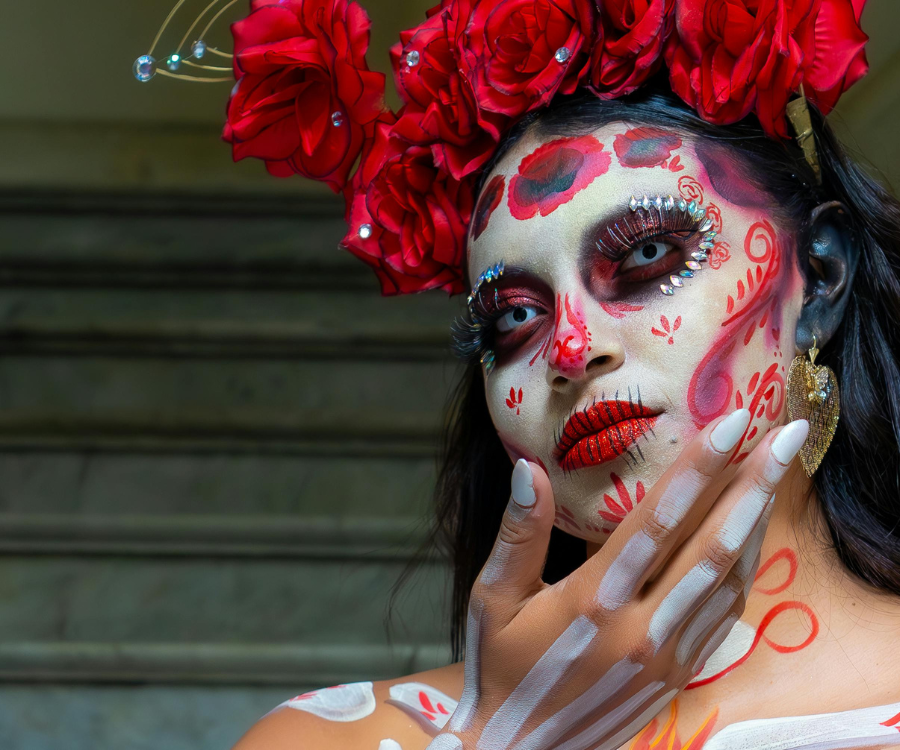
While the two holidays are celebrated around the same time each year, Dia de los Muertos is not Mexican Halloween. For example, on Day of the Dead, it is believed that the veil between the spirit and living worlds lifts. For one night, spirits of the deceased are allowed to visit their loved ones. On October 31, families make their preparations to welcome back their dearly departed. Next, Día de los Inocentes begins at midnight on November 1st, honoring the souls of children and infants who have passed. Lastly, November 2nd, is dedicated to remembering and celebrating the lives of departed adults.
There is no trick or treating, nor do participants dress up in ghoulish costumes. Instead, some celebrants wear traditional Mexican attire such as embroidered dresses, colorful shawls, and flower crowns. On the other hand, some embody La Catrina with elegant black or lace outfits and intricate skull face paint accented by shimmering details that honor both beauty and mortality.
3. Altars That Bridge Worlds

Originally, Aztecs placed offerings for loved ones on tree stumps. Today, this tradition continues through modern altars, where ofrendas are beautifully displayed to honor the departed. Although each Dia de los Muertos altar contains 4 typical elements, no two altars are the same. While each is personalized to the deceased person’s preferences, there is an element of wind, fire, water, and earth on each ‘Ofrenda’ (altar).
Wind — Papel Picado: Delicate, colorful paper cutouts flutter in the breeze, symbolizing the fragility of life. The openings in the paper allow spirits to pass through, connecting the living and the departed.
Water – Quenching the Journey:
A glass of water or the spirit’s favorite drink rests on the altar, offering refreshment after their long journey back home.
Fire – Guiding Light:
Candles illuminate the altar, their flames believed to light the way for departed souls, guiding them safely to their loved ones.
Earth — Sustenance:
Traditional treats like Pan de Muerto and fresh fruits represent the Earth, providing nourishment and honoring the spirits with the flavors they loved in life.
Some altars feature three levels symbolizing heaven, earth, and the underworld. Yet, others are built with seven tiers—each representing a stage in the cycle of life and death. Every level serves a purpose, honoring those who have passed and creating a sacred bridge between the living and the spiritual realm. Together, they invite families to pause, remember, and celebrate the eternal bond of love that transcends time.
4. Marigolds: Illuminating the Pathway for Returning Souls
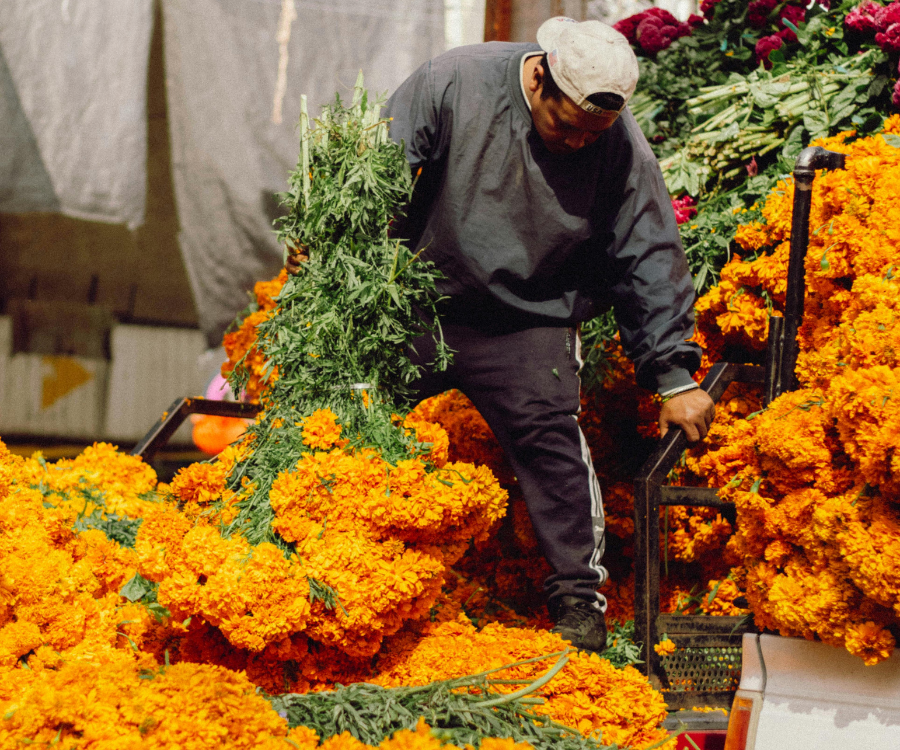
This time of year, markets overflow with 5-gallon buckets brimming with golden-orange marigolds. Their vivid petals and rich scent are said to guide spirits on their journey home. In turn, the fragrance fills the air with joy, warmth, and a sense of loving welcome.
5. Copal: A Welcoming Sacred Scent
Since ancient Mesoamerican times, copal has been burned as a sacred resin with deep spiritual meaning. In modern times, it continues to play a vital role during Día de los Muertos, symbolizing purification and connection between worlds. As the fragrant smoke curls upward, it is said to form a bridge between worlds. In this way, it purifies the path and gently guides returning souls back home. As it drifts through doorways and over altars, copal purifies the space with its sacred aroma. Consequently, it brings protection, peace, and a deep sense of connection to those who have passed.
6. Calaveras: Sweet Symbols of Remembrance
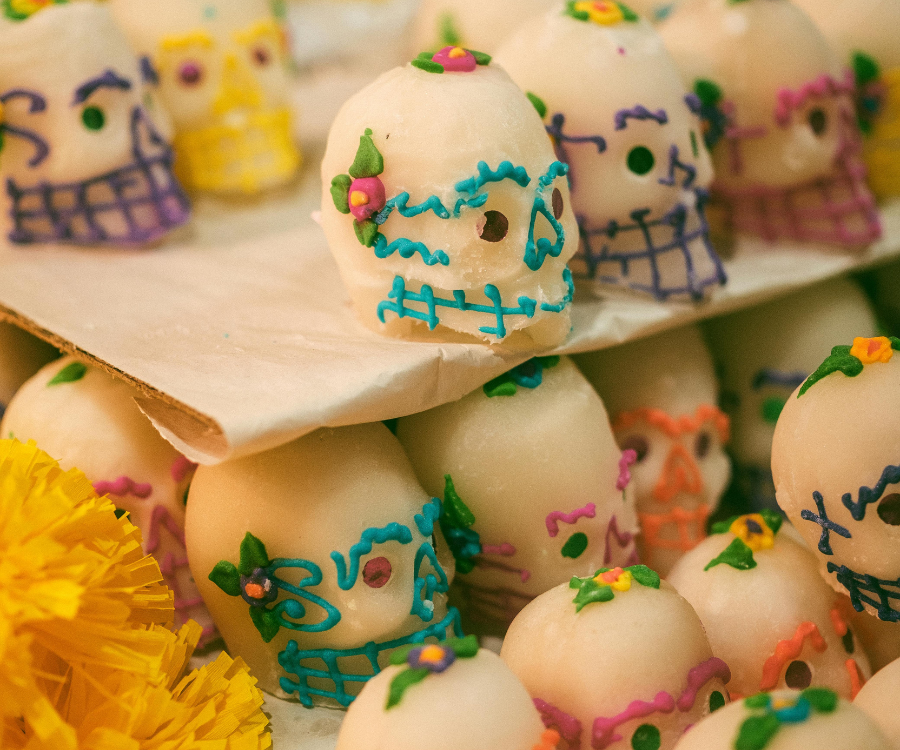
In ancient Pre-Columbian cultures, skulls held deep spiritual meaning—offered to the god of the underworld as a plea for safe passage into the afterlife. Later, through the centuries, this reverence lives on in the form of calaveras, or sugar skulls, adorning modern altars. Crafted from sugar paste and gleaming with colorful paint, sequins, and glitter, these smiling symbols now celebrate the sweetness of life.
7. Monarch Butterflies: A Beloved Day of the Dead Legend
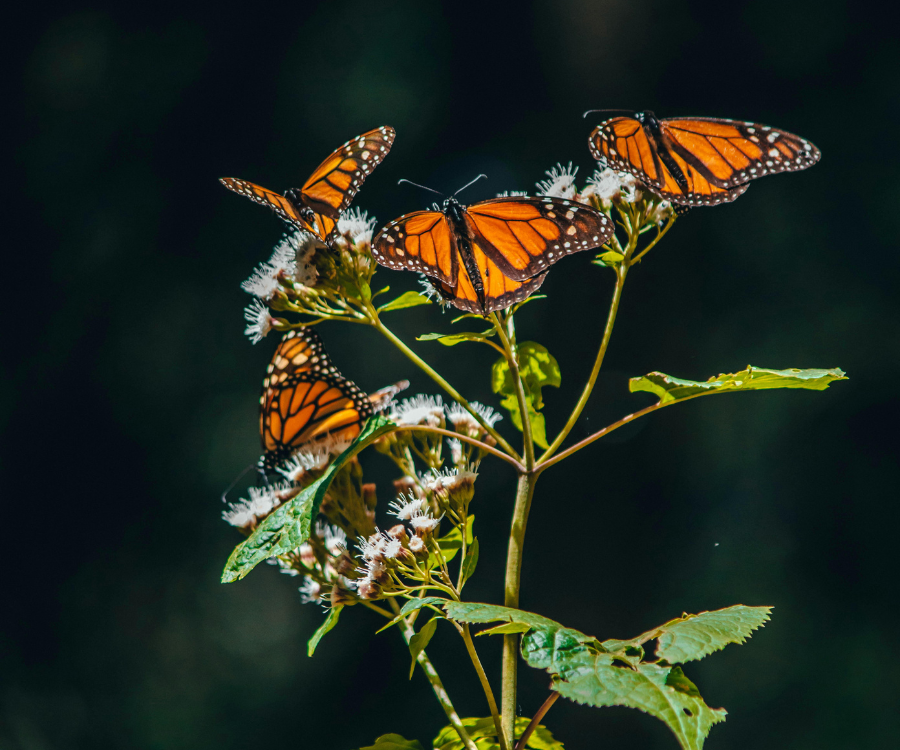
Monarch butterflies are thought to carry the essence of departed loved ones on their delicate wings. This enduring legend is tied to the Monarchs’ annual migration. Each fall, the first butterflies reach Mexico as Día de los Muertos begins. In this way, nature is symbolically connected with this celebration of life and death.
8. Graveside Gatherings
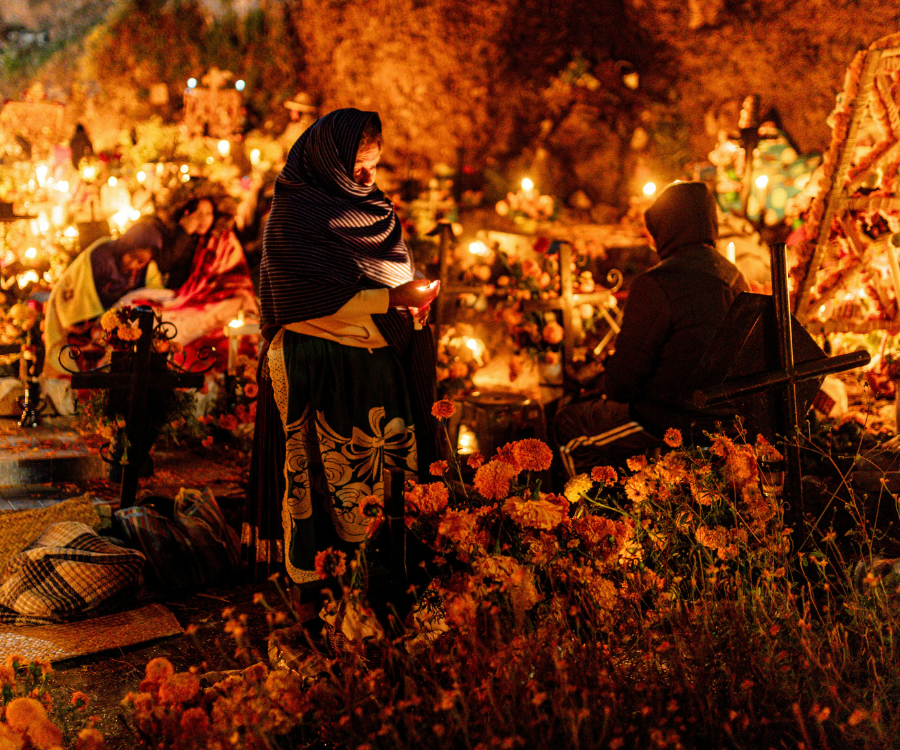
During Día de los Muertos, families honor their departed loved ones by visiting cemeteries and cleaning gravesites. Additionally, they decorate the graves with marigolds and candles to welcome the spirits home. These moments are often shared over meals, where stories and memories of those who have passed are lovingly recalled. In regions like Michoacán and Oaxaca, the tradition becomes a vibrant, communal experience. Families join candlelit processions and nighttime vigils, bringing music, dance, and offerings to the graves. As a result, the cemetery transforms into a space of celebration, remembrance, and lasting connection.
9. Dancing With the Departed
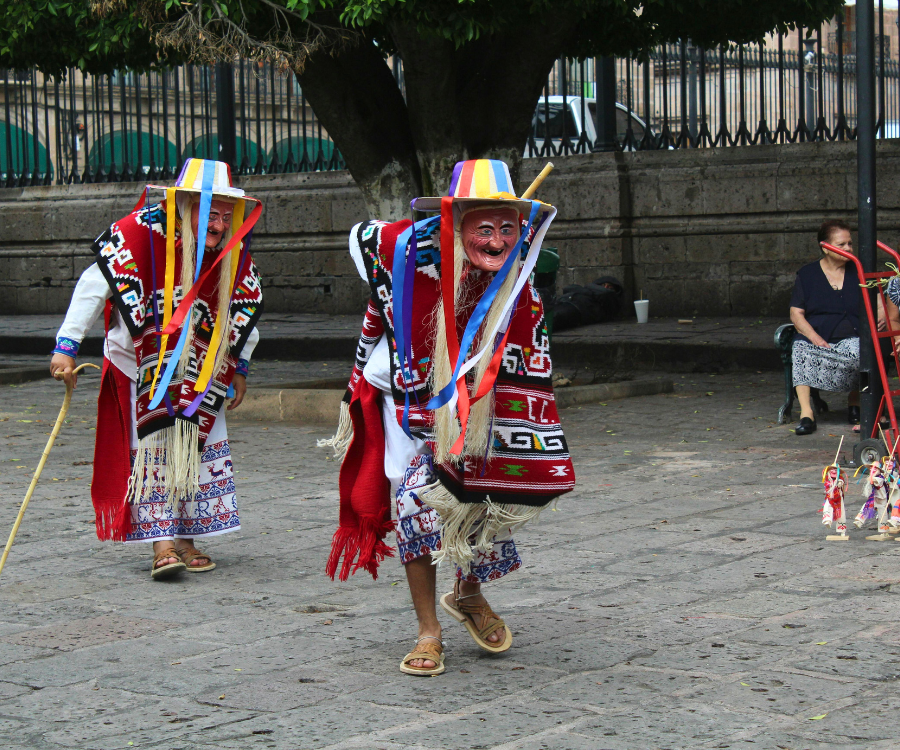
In Aztec belief, mourning too heavily could make the journey to the afterlife treacherous. Thus, excessive tears were thought to make the path slippery for the departed. Therefore, Día de los Muertos became a celebration of joy rather than sorrow.
Today, music and dance fill the streets, with mariachi and banda providing vibrant soundtracks to honor departed loved ones. Among the most beloved traditional performances is La Danza de los Viejitos, or the “Dance of the Little Old Men.” This folk dance from Michoacán dates back to the Purépecha Indigenous communities of pre-Hispanic Mexico. Masked performers playfully imitate the habits of the elderly, blending humor and respect. In doing so, they create a captivating display of cultural storytelling and remembrance.
10. Janal Pixan- Day of the Dead, Yucatan Style
Janal Pixán, meaning “Food of Souls,” is a unique Mayan tradition celebrated on Mexico’s Yucatán Peninsula from October 31 to November 2. Unlike other Day of the Dead observances, it centers on three altars: one for children, one for adults, and a mass for all souls. The festivities feature Mayan rituals and traditional dishes like mucbipollo. This traditional Yucatecan tamale, made with corn dough and a filling of chicken or pork, is wrapped in banana leaves. Then, it is cooked in a pre-Hispanic pit oven known as a pib. Janal Pixán honors heritage and ancestry through distinctive customs, like placing photos on altars only after a year. Furthermore, lighting candles a week later guides spirits back home.
Dia de los Muertos Events in Playa del Carmen
From decorated altars to lively parades, Playa del Carmen lets visitors experience this iconic celebration up close. Dia de los Muertos in Playa is the perfect blend of cultural heritage with the warmth and energy of the Caribbean coast.
Janal Pixan Festivities at Plaza 28 de Julio

From October 31 to November 3, Playa del Carmen’s Municipal Square on Calle 10 between 15th & 20th Avenue comes alive with dazzling Día de los Muertos displays. At the same time, lively mariachi and colorful artisan stalls fill the vibrant space. Visitors can immerse themselves in one of the region’s most cherished cultural celebrations. Plus, they can savor traditional Day of the Dead dishes for an experience that delights every sense.
Full schedule details at Plaza 28 de Julio here
6th Caribbean Catrinas Festival at Teatro de la Ciudad
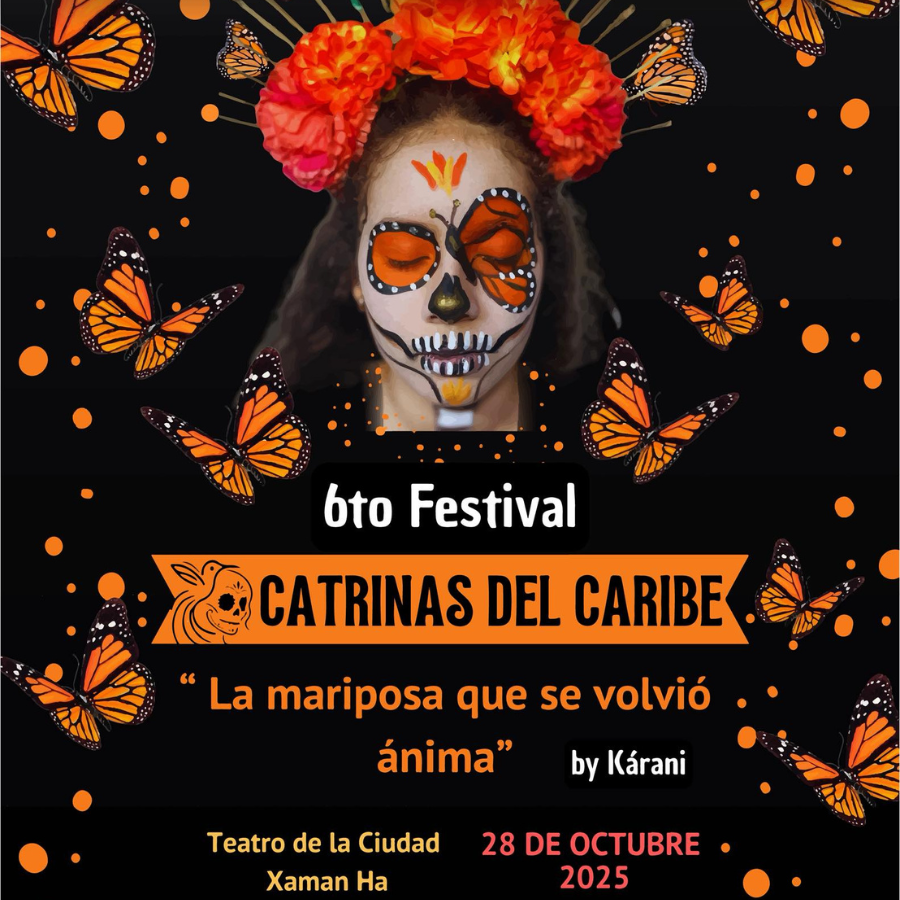
On October 28th, theatre goers can take in «The Butterfly That Became a Spirit» – a performance by Kárani.
A magical evening is experienced where art, tradition, and mysticism are woven together to celebrate ancestral roots. The event will be held at the theatre on 115th Avenue near Walmart. Tickets are on sale in the lobby from the 25th to the 27th of October.
Festival of Life and Death Traditions at Xcaret Park
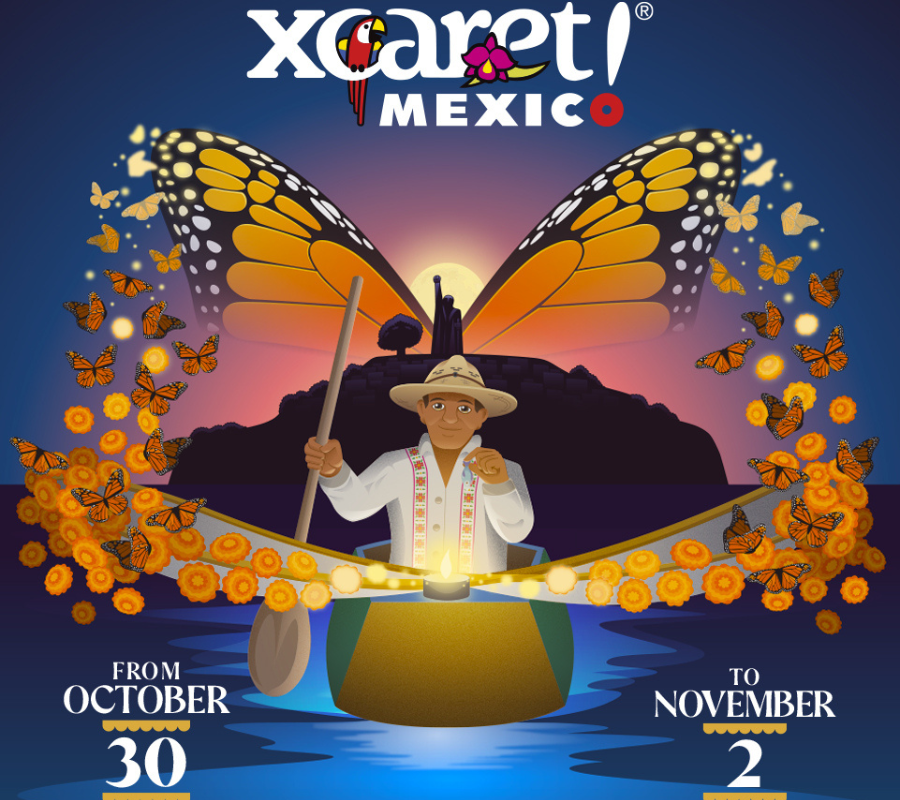
From October 30 to November 2, Playa del Carmen’s largest park comes alive for the 2025 Festival of Life and Death Traditions. This year’s event highlights the rich culture of Michoacán. Theater, dance, music, workshops, exhibitions, and an interactive hacienda are offered for an unforgettable experience for the whole family. For sure, the activities will engage and delight visitors of all ages.
Dia De Los Muertos Events at the Frida Kahlo Museum
From the 23 to the 28th of October, the Frida Kahlo Museum on Calle 8 just off 5th Avenue will be hosting Dia de los Muertos- themed crafting classes for children. This is a wonderful opportunity for visitors to learn about the vibrant holiday by making their own flower crowns, sugar skulls, and altars.
5th Avenue Costumes and Candy
From October 31 to November 2, Playa del Carmen’s 5th Avenue transforms into a vibrant walkway of color and celebration. Children parade in costumes, shops hand out treats, and Catrinas of all ages fill the streets. The atmosphere is a joyful fusion of tradition and community spirit.
In short, Día de los Muertos in Playa del Carmen offers a truly unique experience. Visitors can connect with local traditions and immerse themselves in vibrant cultural customs. Ultimately, this unforgettable festival provides a meaningful way to honor the past while celebrating life in the heart of the Mexican Caribbean.
